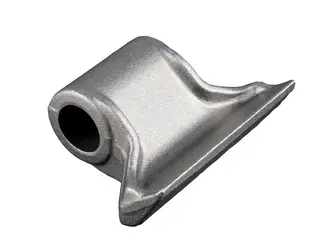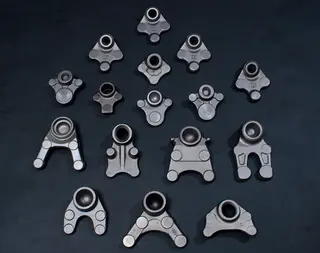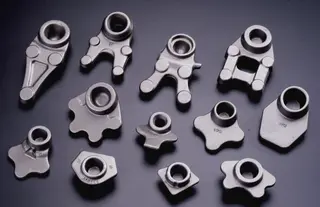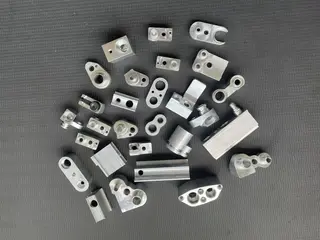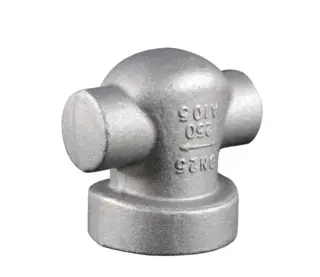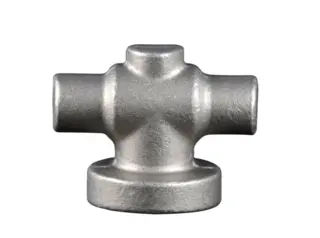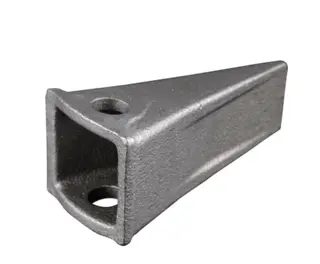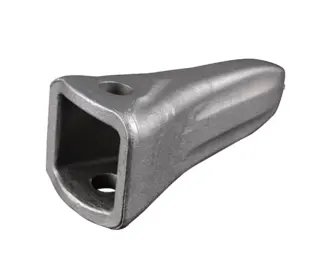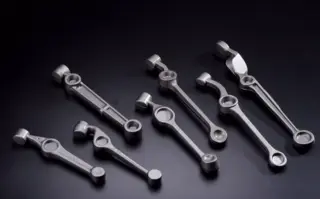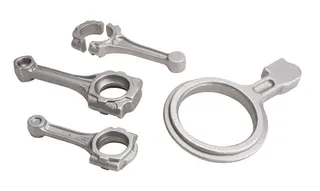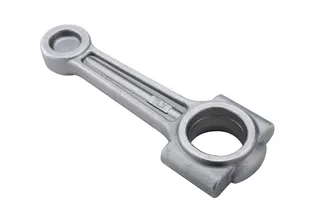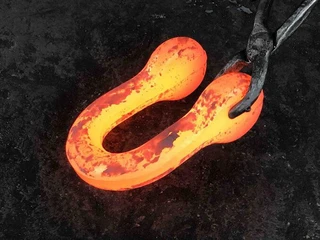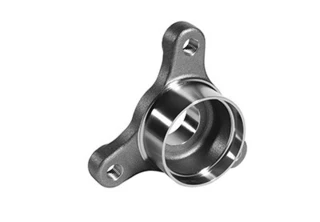2. Forging Stage: The billet, having been preheated, is positioned either between two dies for closed die forging or on an open die for open die forging. High-pressure forces are then applied through hydraulic presses or mechanical hammers, to cause the stainless steel to deform and take the shape of the dies.
3. Heat Treatment: Following the forging process, the stainless steel component will undergo heat treatment procedures, including annealing, quenching, and tempering, to attain precise mechanical characteristics and enhance the material's microstructure.
4. Machining (Optional): This stage depends on the component's requirements. Supplementary machining processes may be applied to specific parts to achieve exact dimensions and a refined surface finish.
●High Strength: Stainless steel components produced through forging demonstrate remarkable tensile strength, enabling them to withstand substantial loads and endure severe conditions.
●Durability: Stainless steel components are renowned for their extended lifespan and resistance to wear and deterioration.
●Material Efficiency: Forging minimizes material waste, reducing costs and environmental impact.
●Automotive: Manufacturing engine and transmission components, exhaust systems, and suspension parts.
●Oil and Gas: Producing valves, fittings, and drilling equipment.
●Medical: Creating surgical instruments, implants, and components for medical devices.
●Food Processing: Fabricating conveyor systems, cutting tools, and equipment parts.
Stainless steel forging serves as a versatile method for creating a wide range of manufactured components across various industries, largely owing to its remarkable resistance to corrosion. With its widespread availability and its favorable combination of strength and ductility, stainless steel emerges as a cost-effective solution for metal fabrication across most markets.
Hot forging, also called drop forging, is a process to produce a wide variety of most metal parts. Hot forging process is developed since the last century, but with the development of equipment, lubricants, and forging ability, modern hot forging process is able to make more complex shapes with more materials since that time. The basic procedure for hot forging is relatively simple. Metal bar or billet is first heated into the hot working temperature range to improve ductility. Then the material is squeezed or hammered in a series of tool steel dies to deform the billet into the finished shape. Flash casused by excess material after forging is exsited, so the final step is to remove the flash to yield the finished forged part. Hot forging is a near net shape process, but some forgings may require some subsequent machining, in particular for surfaces that may affect the final assembly of a product.
Ball Joint Housing forging,Tie Rod End,Automobile suspension system spare parts
Ball Joint Housing forging,Tie Rod End,Automobile suspension system spare parts
Aluminum forging is a process that involves shaping aluminum using compressive forces applied through dies or molds. The process is used to create a wide range of parts and components used in various industries, including aerospace, automotive, construction, and more. Aluminum forgings are valued for their high strength-to-weight ratio, corrosion resistance, and excellent thermal conductivity, making them ideal for use in many applications.
Forged control arm for automobile

